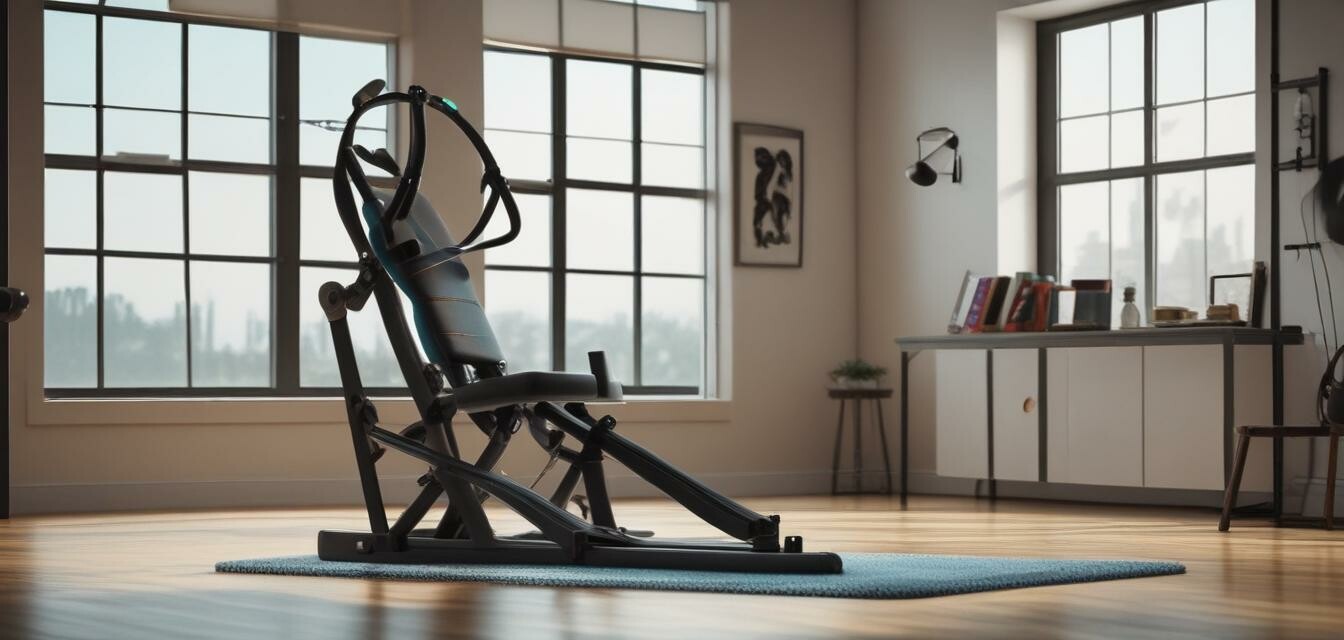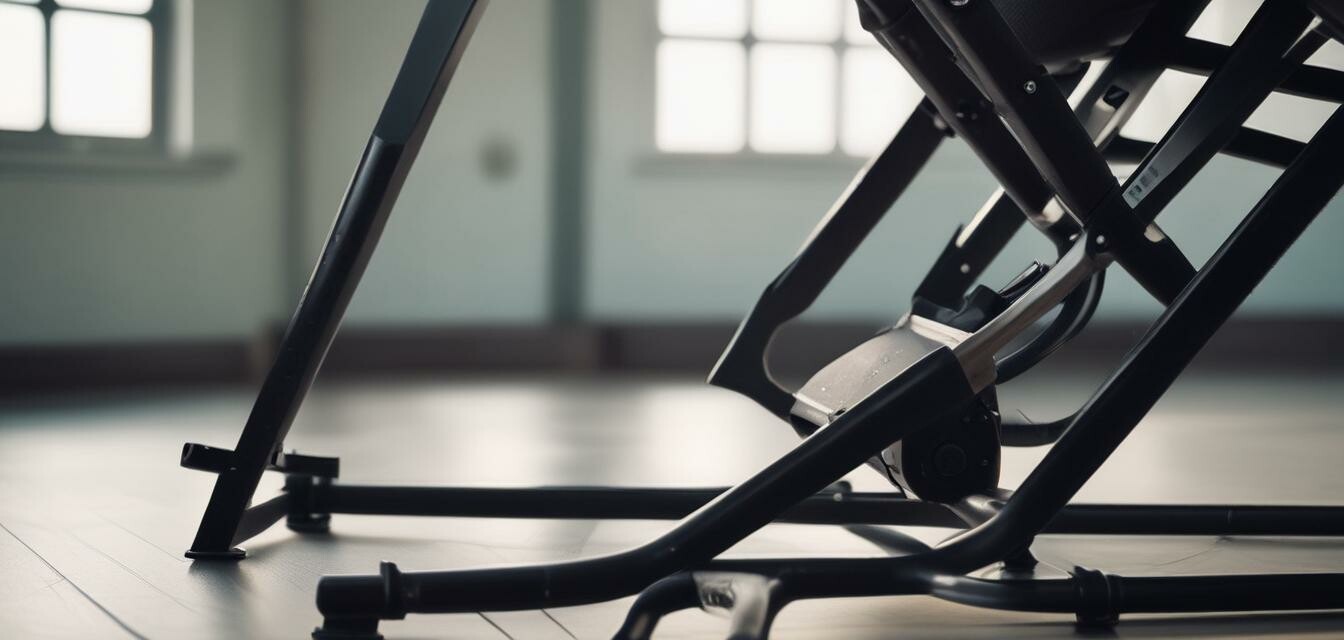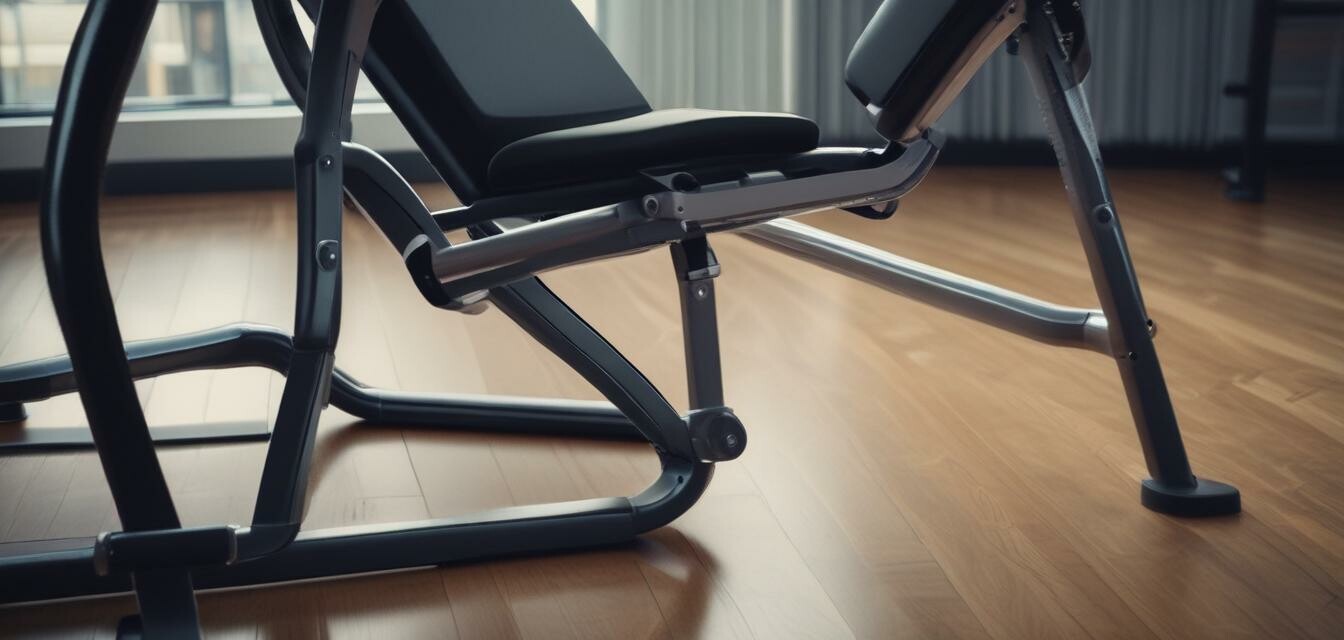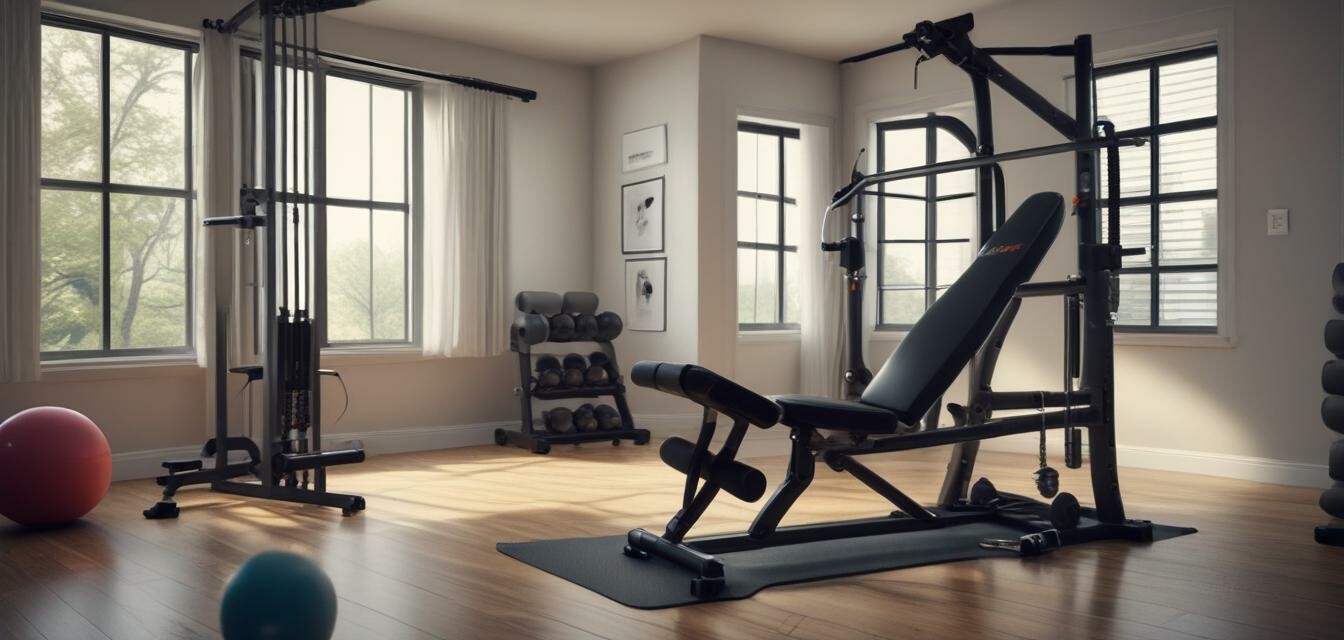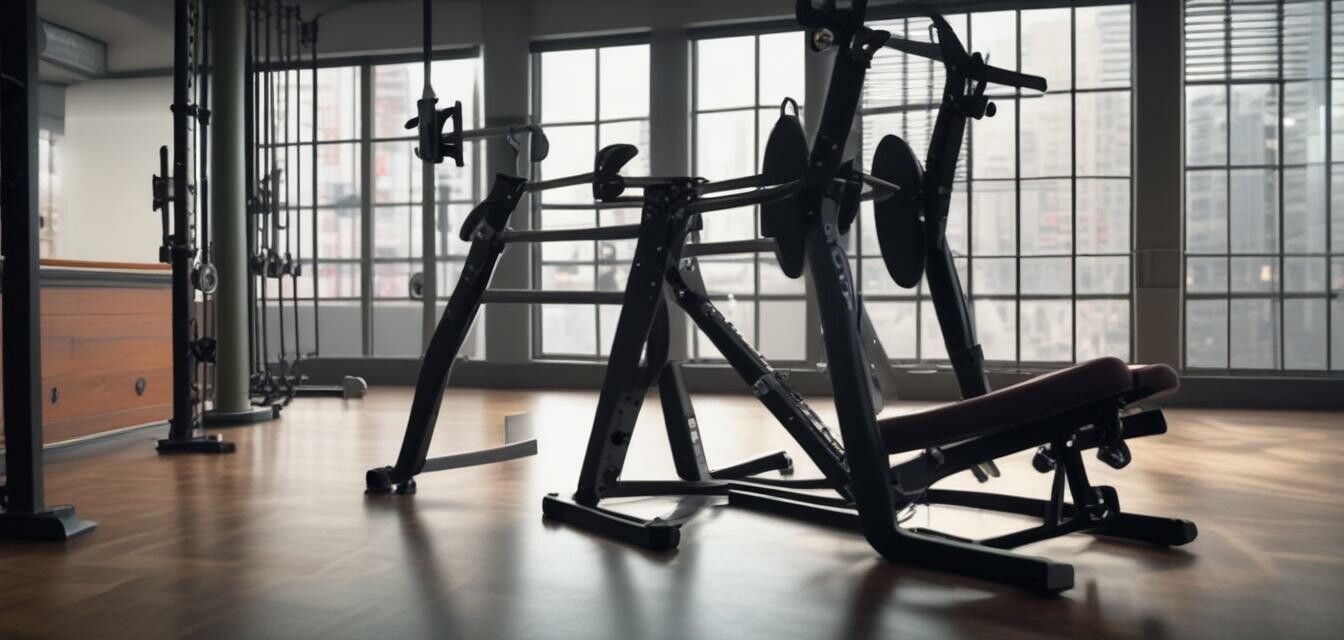
Safety Tips for Using Inversion Tables
Key Takeaways
- Always consult a healthcare professional before using an inversion table.
- Ensure the inversion table is set up correctly and securely.
- Start with a slight angle and gradually increase as your comfort allows.
- Pay attention to your body and stop if you experience discomfort.
- Regular maintenance of the inversion table ensures safety during use.
Inversion tables are popular tools for back pain relief and improving flexibility. However, using them safely is paramount. This article will cover essential safety tips, essential features of heavy duty inversion tables, and the best practices for use, ensuring you enjoy the benefits while minimizing risks.
Understanding Inversion Tables
Inversion tables are devices designed to allow users to be inverted at various angles. They are often used for back relief and muscle relaxation. Below are the main components of a heavy duty inversion table:
| Component | Description |
|---|---|
| Frame | The structural support to withstand weight and provide stability. |
| Backrest | Where users lie down; should be padded for comfort. |
| Ankle Holders | Help secure the user’s feet during inversion. |
| Angle Adjustments | Allows users to change the inversion angle. |
Safety Considerations
Consulting Professionals
Before starting any inversion therapy, it's advisable to consult a healthcare professional, especially if you have existing health conditions. Click here to read more about the benefits of back stretching devices.
Setting up the Inversion Table
Proper set-up is essential for safe use:
- Check the manufacturer's instructions for assembly and use.
- Ensure all bolts and screws are tightly secured.
- Test the stability of the frame before use.
First Use Guidelines
Start slow when using an inversion table for the first time:
- Begin at a slight angle and gradually increase the inversion.
- Hold the position for short durations, no more than 1-2 minutes initially.
- Listen to your body; if you feel dizzy or uncomfortable, return to an upright position immediately.
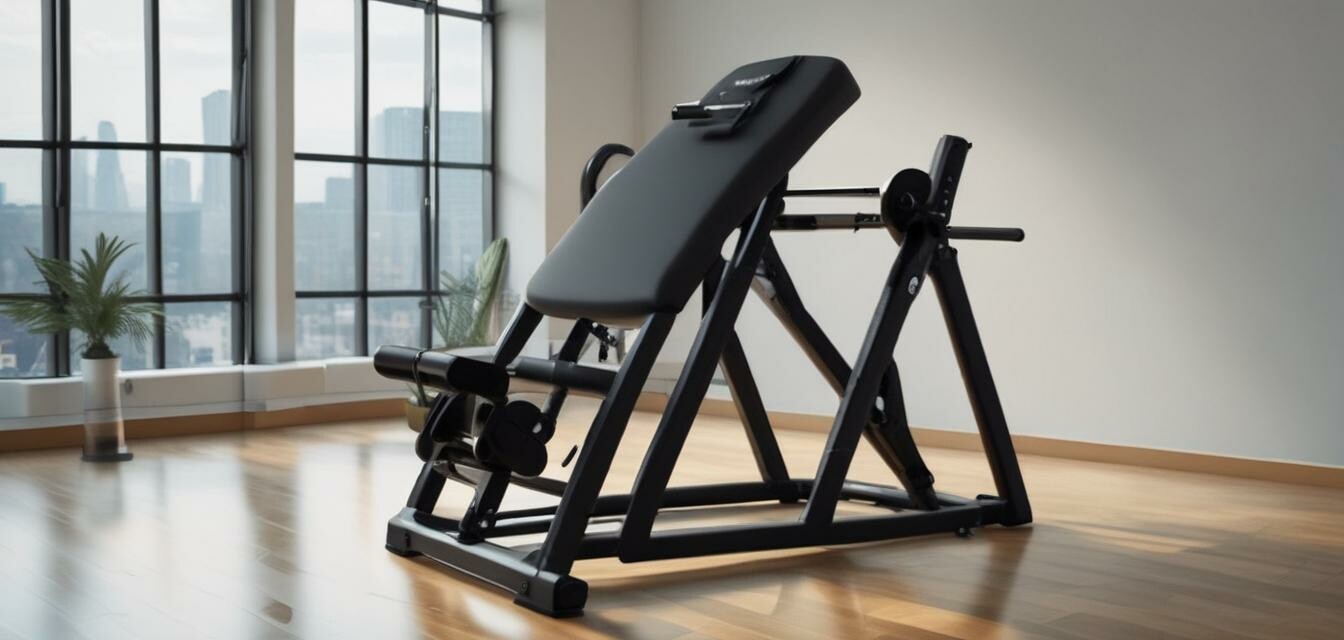
Maintaining Your Inversion Table
Regular maintenance of your inversion table not only enhances its durability but also ensures your safety:
- Inspect the frame and components regularly for wear and tear.
- Lubricate moving parts as needed.
- Store the inversion table in a dry, safe location when not in use.
Understanding Your Body’s Response
Be vigilant about how your body reacts during use. Signs to watch out for include:
| Warning Sign | Action |
|---|---|
| Dizziness | Return to the upright position immediately. |
| Back pain | Stop using the table and consult a professional. |
| Nausea | Reduce the inversion angle and take a break. |
After Use Care
After using your inversion table:
- Gradually return to an upright position.
- Hydrate and rest for a while to avoid sudden impacts.
- Note any unusual sensations and act accordingly.
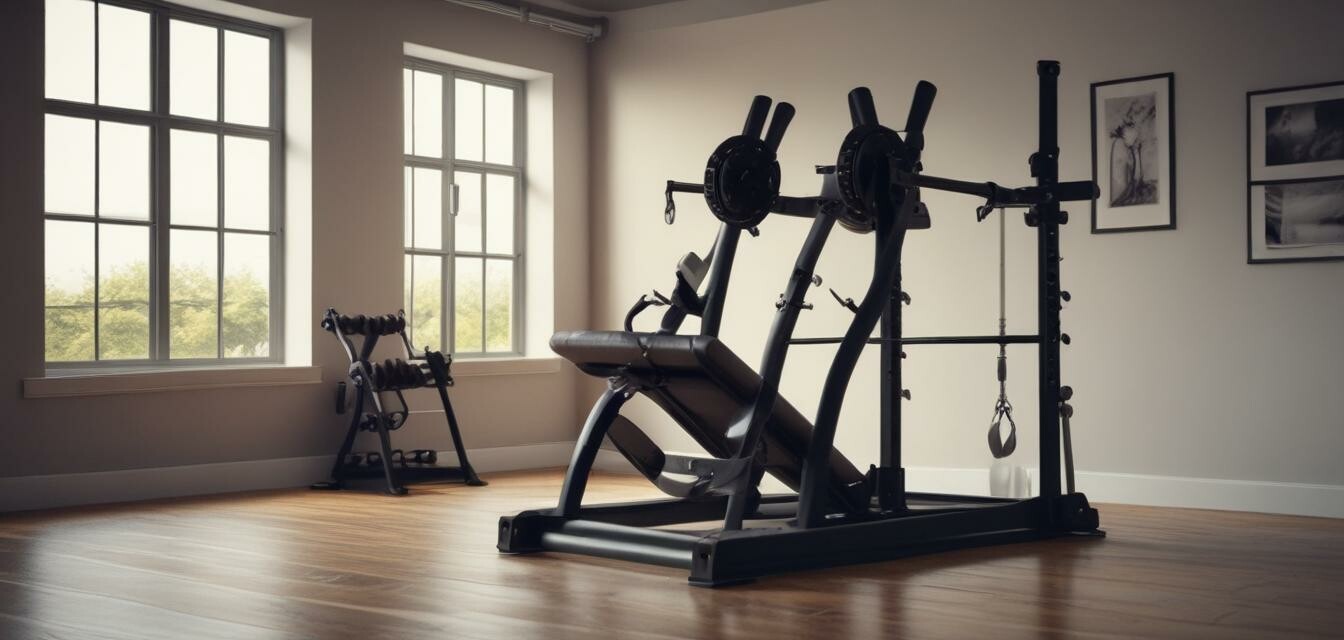
Conclusion
Inversion tables are effective when used correctly. By adhering to safety guidelines, ensuring proper setup, and listening to your body, you can enjoy the benefits of inversion therapy responsibly. Regular maintenance and understanding your body’s response can significantly enhance your experience while using a heavy-duty inversion table.
Tips for Beginners
- Start with a partner for added security during initial uses.
- Consider using an inversion table with additional safety features.
- Educate yourself about different inversion angles and their implications.
Pros
- Provides an effective way to decompress the spine.
- May promote better blood circulation.
- Can improve flexibility and posture when used correctly.
Cons
- Can cause discomfort if used improperly.
- Not safe for individuals with certain medical conditions.
- Requires regular maintenance to ensure safety.
For a deeper dive into inversion therapy and its benefits, check out our articles about inversion tables and core training equipment.

